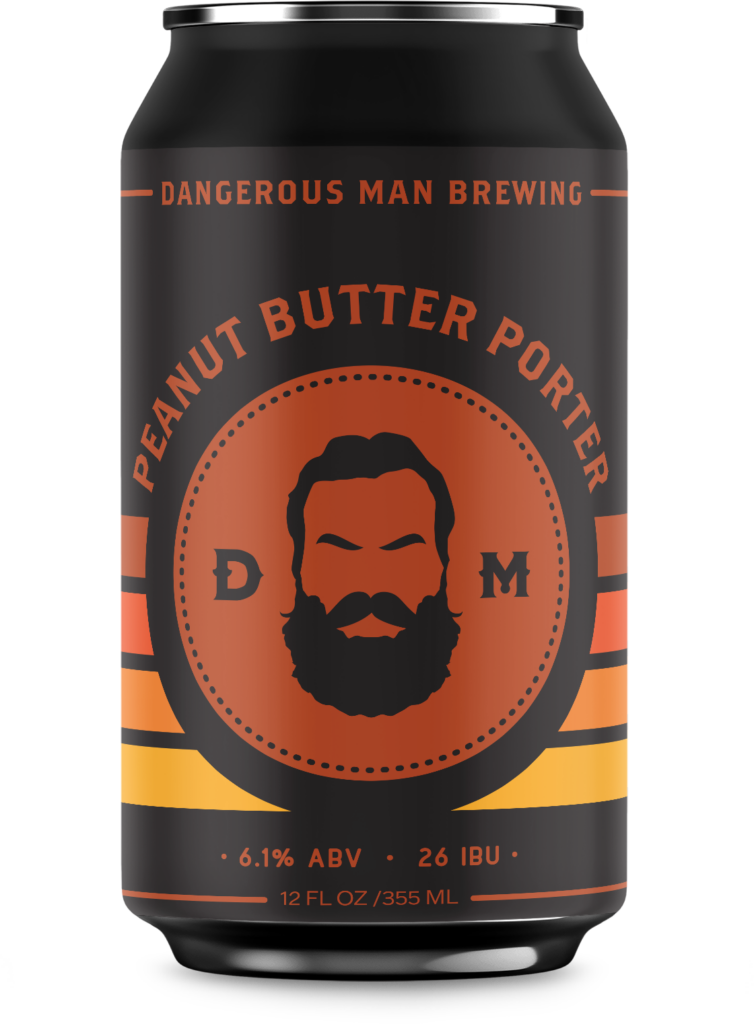
Dangerous Man’s Smoked Porter has come online!
All malts used to be smoked. Green malt, after it’s been soaked in water and begins to germinate, is kilned to stop the germination process and to add specific flavor components. In old times this kilning had to be accomplished through wood fires. Until the invention of coke, a fuel source created from coals and petroleum products that has a high carbon content, wood fires were all that was to dry malt besides sunlight, which took much longer and did allow for some barley to germinate ultimately losing part of the grain yield. So all malt used to be smoked, leading to a smoke presence in just about every beer up until the 1600’s with the patent of coke in Great Britain.
Today, smoked malts tend to be regional and highlight specific wood qualities or styles. Weyermann is known for the oaked-smoked malts, as well as Baird’s and Simpson’s for their peated malts. There are relatively few commercial providers of smoked malt, limiting many brewery options to the malts available. This is in no way diminishes a brewer’s creativity with beer, as these malts can be paired with many styles and other grains for new flavor dynamics– from bold and smoky, to subtle and enhancing.
Wood consists of three polymers: cellulose, hemicellulose, and lignin. When burned, these different polymers are released as volatiles, each with specific flavor compounds that they can imbue onto the product being smoked. It is claimed that lignin is where the best flavor compounds are found and is generally reached when the burn temperature is around 400 degrees Celsius. Wood smoke is generally placed on top of coals or another fuel source to reduce large flames and control temperature, thus giving the malt consistent flavors. The flavor compounds stick to the water on the malt and are absorbed into the grain itself. When the water evaporates off it also takes along with it other volatile compounds, such as acetic acid (vinegar), that would produce off-flavors in the beer.
Smoking malts, or fish or sausage or even… hops!, is a relatively simple process. To smoke anything you need to use hardwoods, as softwoods such as pines and firs release an ugly tasting gases called terpenes. The dried hardwood, either wetted or left dry based on preference and intent, is palced over a fuel source, begins to smolder, and releases smoke. This smoke is directed towards a bed where the malt is resting, after having passed through several screens to catch any ash traveling along with it. This description is generally for a homebrewer or commercial brewer smoking their own malts, larger maltsters use their specific woods to dry green malt completely and make ready for sale, whereas the description above is to be used on already dried malt purchased from a distributor. Either way, the process and intent are very similar, to give the beer a delightful and delicious smoky presence.
Dangerous Man’s Smoked Porter is a blend of the rustic and the delicate. The aroma is sweet and smokey, reminiscent of Midwest campfires and bitter chocolate nibs. Full bodied, this porter is a balance of chocolate, roast, and oak-smoke which adds hints of vanillins to the flavor; a savory and thought pint.













